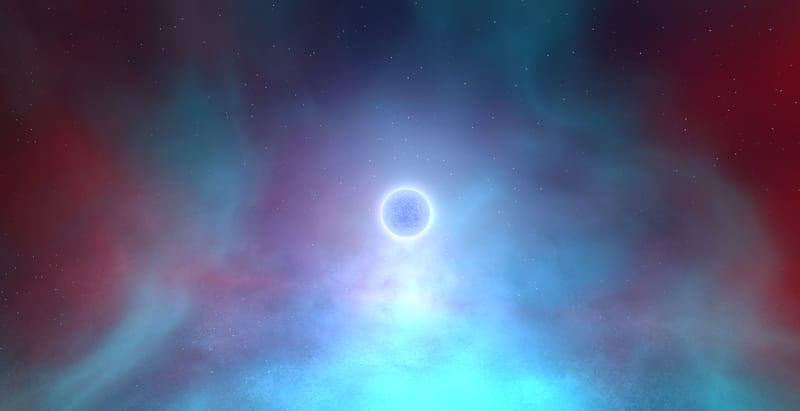Stellar Expeditions - Part 3
Journeys to Distant Stars - Part 3

Exploring Exoplanets
As we continue our journey to distant stars, one of the most fascinating aspects is the exploration of exoplanets. These planets orbit stars outside our solar system and hold the potential for harboring life forms beyond our wildest imaginations.
Types of Exoplanets:
- Super-Earths: Exoplanets with masses higher than Earth but substantially below those of the solar system's ice giants.
- Hot Jupiters: Gas giant exoplanets that orbit very close to their parent stars, resulting in high surface temperatures.
- Water Worlds: Exoplanets covered entirely in water or with a significant water component.
Methods of Detection:
- Transit Photometry: Detecting exoplanets by measuring the dimming of a star's light when a planet passes in front of it.
- Radial Velocity: Observing a star's spectrum for shifts caused by the gravitational pull of an orbiting planet.
- Direct Imaging: Capturing actual images of exoplanets using advanced telescopes.

The Search for Habitable Worlds
Scientists are actively searching for exoplanets with conditions suitable for life as we know it. The concept of a "habitable zone" around a star is crucial, as it defines the region where a planet could maintain liquid water on its surface.
By studying the atmospheres of exoplanets, researchers can look for signatures of life such as oxygen, methane, and other biomarkers. The ultimate goal is to find a world that could potentially support complex life forms similar to those on Earth.
Challenges Ahead:
- Distance: Most exoplanets are located light-years away, posing significant challenges for detailed observation and study.
- Technological Limitations: Advanced technology is required to detect and analyze exoplanets, pushing the boundaries of current scientific capabilities.
- Interstellar Travel: The dream of physically reaching these distant worlds remains a distant prospect due to vast distances and technological constraints.
Despite the challenges, the exploration of exoplanets continues to captivate scientists and space enthusiasts alike, offering a glimpse into the vast diversity of the cosmos.

